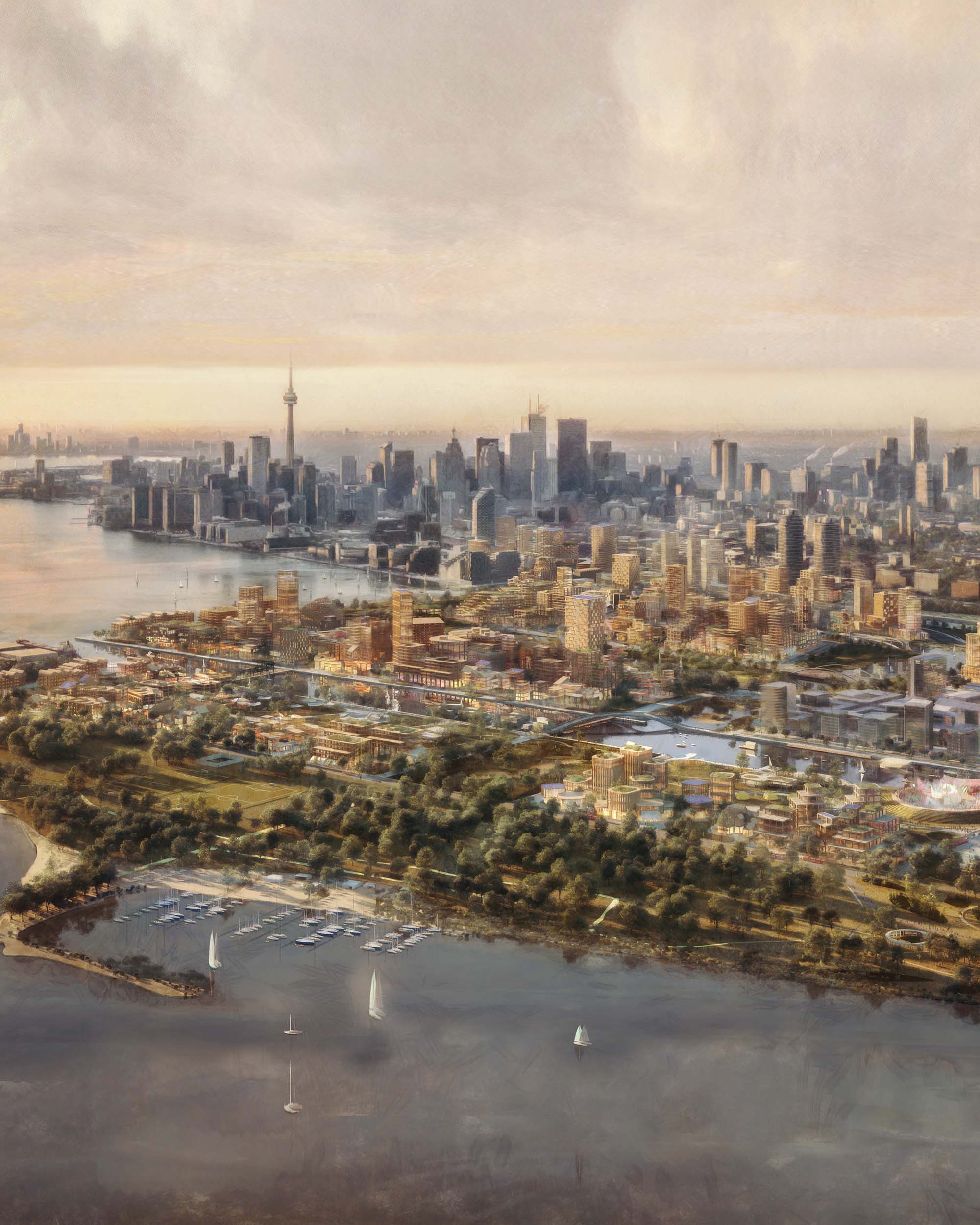Sidewalk Toronto
The Sidewalk Toronto project aimed to advance a new model of inclusive urban development along Toronto's eastern waterfront, striving for the highest levels of sustainability, economic opportunity, housing affordability, and new mobility.
The Sidewalk Labs proposal for the project reflected 18 months of public consultation that reached more than 21,000 Torontonians in person, as well as robust engagement with Waterfront Toronto, Indigenous communities, and public officials at all three levels of government.
The project ended in May 2020 due to the unprecedented economic uncertainty brought on by the Covid-19 pandemic, but the ideas generated to help cities tackle their toughest challenges live on in our work. Read more about our decision to end the project below.
